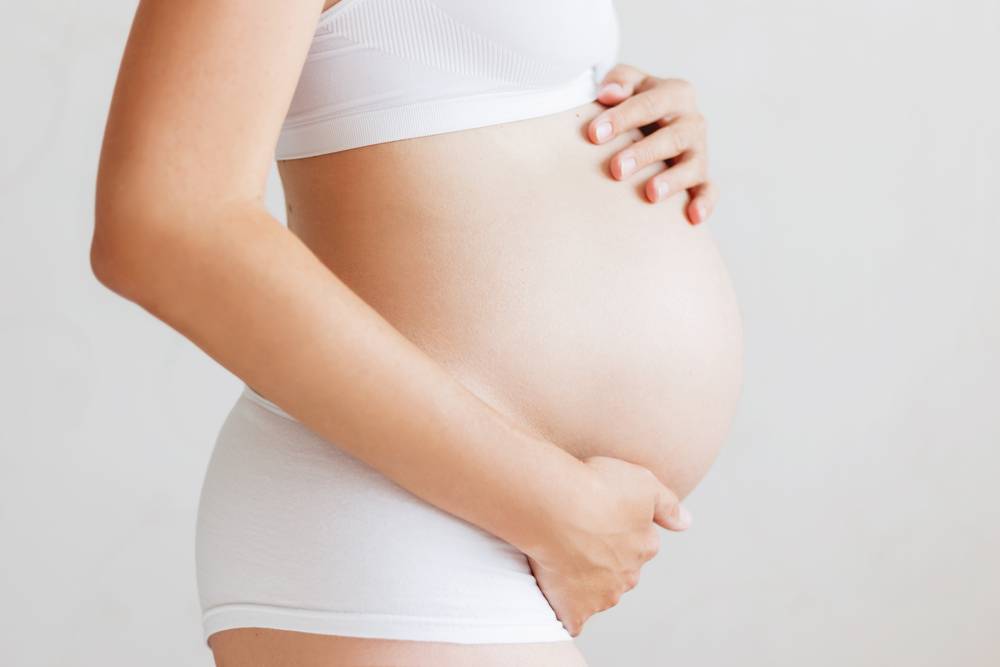Fungal infections may not be very serious, but their manifestations are extremely unpleasant and, if left untreated, can even complicate childbirth. How to effectively, quickly, and carefully get rid of a yeast infection during pregnancy, we write in a news article about Dr. Max.
Fungal infection during pregnancy
What is the yeast for?
Yeast is a fungal microorganism, of which there are many types. Some yeast is very beneficial and we use it in the production of wine, beer, or bread, others in the processing of dairy products. Human civilization has probably known them for 9000 years, as evidenced by archaeological finds in modern Iraq.
Other yeasts are the cause of diseases called yeast inflammation. They are the ones that often bother women during pregnancy since the pH of the internal environment of the vagina changes as a result of hormonal changes, the wall of which literally becomes a breeding ground for yeast. To some extent, yeast occurs naturally and permanently in the vagina, so a yeast infection actually means yeast overgrowth.
Yeast infection symptoms:
The spout of whitish, odorless curd
Itching, redness, burning
Swelling, small cracks on the outside of the genitals
Pain during intercourse
Small blisters on the surface of the partner’s penis.
What Causes Yeast Overgrowth?
First of all, this is a change in the pH of the environment in the room. Then one of these factors is sufficient:
Dry vaginal mucosa – Despite increased mucus production, the vaginal mucosa may dry out, for example after visiting a chlorinated pool or after using regular intimate soap.
Of course, having sex in and of itself is not harmful, but, for example, poor partner hygiene, certain types of lubrication, or poor hygiene after intercourse can contribute to the growth of yeast.
Inappropriate composition of a diet high in simple sugars, usually desserts, pastries, and pastries or sugary drinks.
Using certain medications, such as antibiotics or corticosteroids, can also stimulate yeast growth.
Inappropriate or inadequate hygiene is of course very beneficial for yeast.
How to get rid of yeast during pregnancy?
Regime measures:
Reduce your sugar intake
Use a soap formulated for intimate hygiene.
Wear breathable cotton or silk underwear.
Try to avoid long sessions to prevent steaming
Avoid visiting public pools and swimming pools at least temporarily.
Avoid prolonged warm baths
Insert a special tampon before entering the pool.
Medicines and food supplements:
always use them only after consulting your gynecologist.
Antifungal agents of local action (for example, clotrimazole) – prevent the growth and reproduction of fungi and yeast, can be used in II. and III. trimester, in the first trimester, the use of the inside of the vagina is not recommended for prophylactic purposes. In this case, we recommend an ointment for external use.
Globules with sodium tetraborate or borax globules are a weak local anti-inflammatory agent, effective mainly on yeast. Can be used under medical supervision in I., II., and III. trimester of pregnancy.
Fungal infection during pregnancy 2
Benzydamine hydrochloride – available in the form of a solution with anti-inflammatory and local anesthetic (sedative) action, in addition, quickly relieves the sensation of itching and burning. During pregnancy, it cannot be applied with an irrigator (applicator) to the vagina, but only externally to rinse the birth canal. Although there is no evidence of harm to the fetus at usual doses, it should only be used during pregnancy after consulting a doctor.
Substances that increase the acidity of the vaginal environment (lactic acid, ascorbic acid, glycogen) can also help in the treatment of yeast infections since the acidic environment promotes the colonization of the vagina by lactobacilli and inhibits the growth of microorganisms responsible for yeast. infections. In general (not only) against yeast infections, but it also helps to strengthen the body’s natural immunity with multivitamin supplements for pregnant women or vitamin C. pregnancy may be inappropriate.
Risks of thrush during pregnancy
A fungal infection weighs down the vaginal walls, which become brittle as a result of the infection. During childbirth, they may be at a higher risk of injury. The second risk is mother-to-child transmission, which must fight the infection immediately after birth.
Yeast infections can also be of a long-term, so-called chronic nature. This is a condition in which the yeast grows almost constantly. Women should not underestimate these problems and always strive for a complete cure for yeast infections. In the long term, an untreated infection can damage the vaginal wall and reduce the sexual experience. In heavy


Leave a Reply